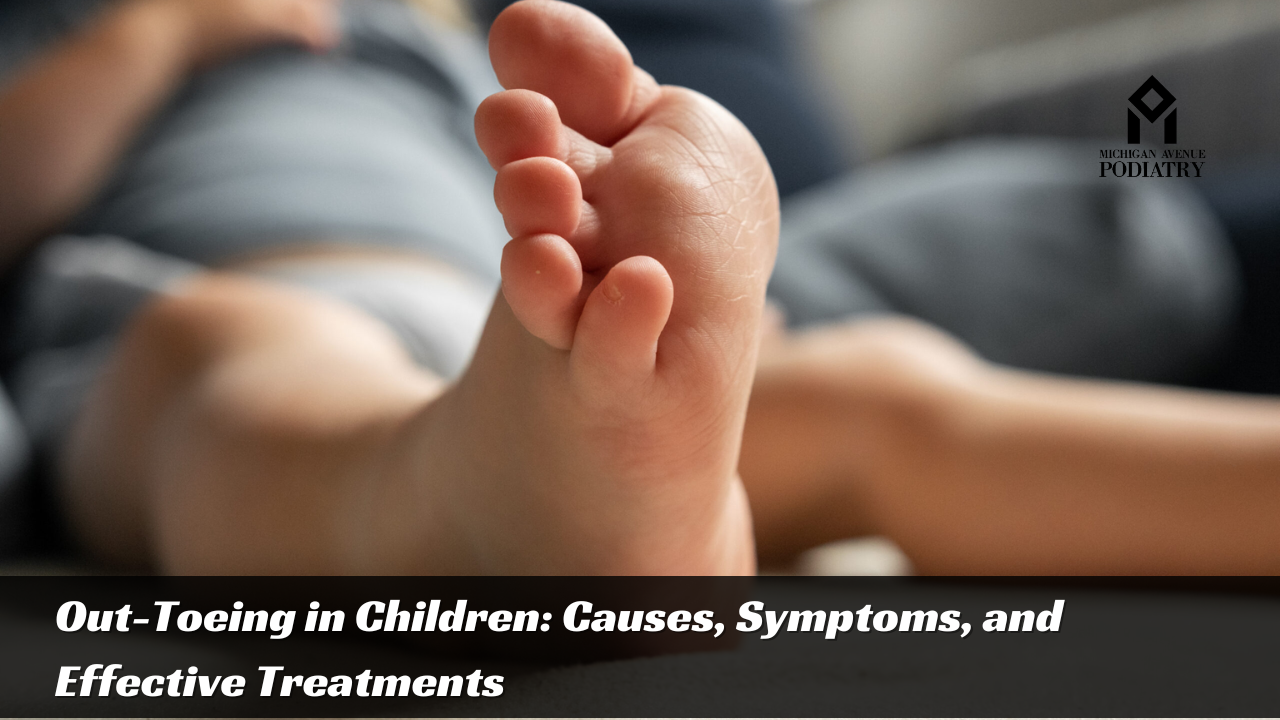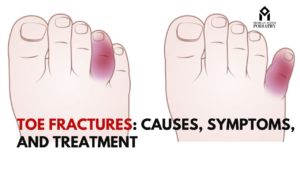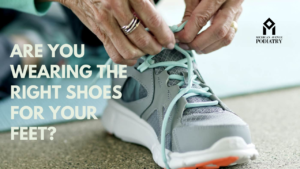Out-toeing in children, also known as external tibial torsion or duck walking, is relatively common and often noticed by parents when their child begins to walk. While it can cause anxiety, especially regarding future mobility and comfort, it’s essential to recognize that many cases resolve naturally without intervention. However, understanding the underlying causes, identifying symptoms early, and exploring available treatments with the help of a podiatrist can help manage the condition effectively.
What is Out-Toeing in Children?
Out-toeing occurs when a child’s feet point outward rather than aligning straight ahead when walking or standing. This condition can affect one or both feet and varies in severity. Out-toeing is most noticeable when a child starts walking, as their gait may appear awkward or waddling. Unlike in-toeing (pigeon-toed), where the feet point inward, out-toeing presents the opposite alignment.
Causes of Out-Toeing in Children
- Genetic Factors: Family history plays a significant role in the development of out-toeing. If parents or siblings experienced similar issues, a child might be more predisposed to out-toeing.
- Fetal Positioning: The position of the baby in the womb can contribute to out-toeing. Limited space and certain postures during pregnancy may cause external rotation of the leg bones.
- Bone Structure and Development: Out-toeing can result from variations in the development of the femur (thigh bone) or tibia (shin bone). External tibial torsion, where the tibia twists outward, is a common cause.
- Neuromuscular Conditions: Certain neuromuscular conditions, such as cerebral palsy, can affect muscle tone and coordination, leading to out-toeing.
- Habitual Sitting Positions: Some sitting positions, like the “W” sit (where legs are bent outward), can influence the alignment of a child’s legs and contribute to out-toeing over time.
Symptoms of Out-Toeing in Children
- Visible Outward Foot Position: The most apparent symptom is the outward pointing of one or both feet when standing, walking, or running.
- Waddling Gait: Children with out-toeing may exhibit a waddling gait, where their feet swing outward with each step.
- Frequent Tripping or Falling: Due to the altered gait, children with out-toeing might be more prone to tripping or falling, particularly when running or playing.
- Complaints of Pain or Discomfort: In some cases, children may express discomfort or pain in their feet, ankles, or legs due to the abnormal alignment and added strain.
Diagnosis and Evaluation
To diagnose out-toeing, a podiatrist or orthopedic specialist will conduct a thorough physical examination and assess the child’s gait. This may involve observing the child walking, running, and standing from various angles. In some cases, imaging studies like X-rays or MRI scans might be necessary to evaluate bone structure and rule out underlying conditions.
Out-Toeing Treatment Options
- Observation and Monitoring: For many children, especially those under the age of eight, out-toeing often resolves naturally as they grow and their bones and muscles develop. Regular monitoring by a healthcare professional is essential to track progress.
- Physical Therapy: Physical therapy can help strengthen muscles, improve coordination, and promote proper alignment. Exercises may focus on hip and leg muscles to correct the outward rotation.
- Orthotic Devices: In some cases, custom orthotic inserts or braces may be recommended to provide support and encourage proper foot alignment during walking.
- Footwear Modifications: Ensuring that a child wears supportive, well-fitting shoes can help alleviate symptoms and promote proper gait. Avoiding shoes with excessive outward flare is also beneficial.
- Surgical Intervention: Surgery is rarely needed but may be considered for severe cases that do not improve with conservative treatments. Surgical options aim to correct bone alignment and are typically reserved for older children or adolescents.
The Role of a Podiatrist in Managing Out-Toeing
Consulting a podiatrist is crucial for effectively managing out-toeing in children. A podiatrist can provide a comprehensive evaluation, offer personalized treatment recommendations, and monitor the child’s progress over time. Their expertise ensures that any underlying issues are addressed promptly, and the child receives appropriate care to support healthy development.
Conclusion: Supporting Healthy Development
Out-toeing in children, while concerning, is often a manageable condition with the right approach. By understanding the causes, recognizing the symptoms, and exploring various treatment options, parents can help their children achieve proper foot alignment and a healthy gait. Regular consultations with a podiatrist will ensure that any concerns are promptly addressed, paving the way for confident, pain-free movement as the child grows.




